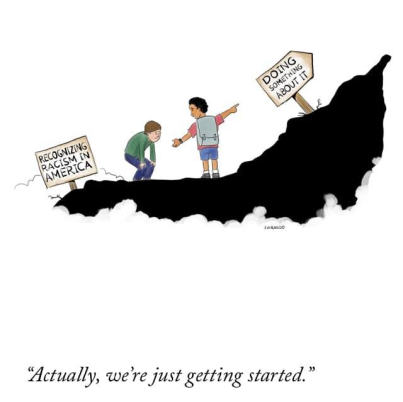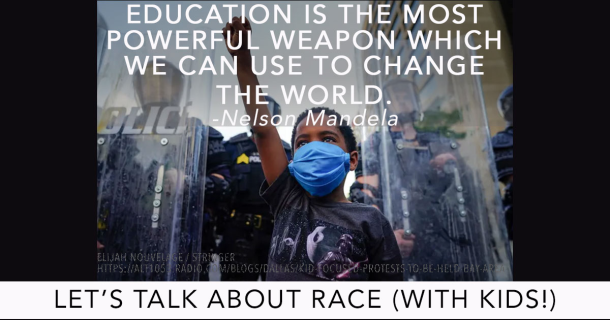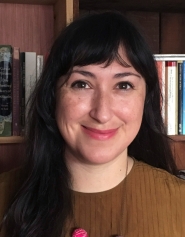
Our post yesterday described how the current standards for entry into the cultural heritage field present a great obstacle to increasing diversity and listed some actions that can be taken to curtail the cycle of homogenous demographics in the field. But how can we make the environments that young professionals enter into – the ones occupied by current professionals – more inviting and inclusive?
This issue has been on the radar of the American Institute for Conservation (AIC) for some time, and in 2018 the AIC board voted to approve the Equity and Inclusion Working Group (EIWG) report, Recommendations for Advancing Equity and Inclusion in the American Institute for Conservation. This report outlined the past efforts of the organization to promote inclusivity, described the current state of affairs, and presented ongoing initiatives to increase diversity, all of which were supported by case studies and interviews. It should be noted that while the report focused on working towards more race and cultural diversity, it acknowledged the importance of promoting intersectionality and made clear that although some initiatives may be “completed” the work must be ongoing to ensure that policies and educational tools are put into place. The report defined four targets for the organization:
- Develop Internal Engagement and Education Resources
- Increase Advocacy and Partnerships with Allied and International Professionals
- Enhance Recruitment, Growth, and Retention Practices
- Ensure Sustainability of Efforts
These were followed by methods to meet these goals and guidelines to measure success. AIC also established the Equity and Inclusion Committee (EIC) as a board-appointed committee. The group recently shared its five-year plan to begin implementing change.
The actions of AIC are of great importance to us as students of conservation because they reflect the perspective of the greater field in which we aspire to work and contribute. However, we are also interested in how other professional fields within the cultural heritage sector approach issues of inclusion. The American Alliance of Museums (AAM) established its own working group on Diversity, Equity, Accessibility and Inclusion (DEAI) in 2018. They put together a similar document outlining the state of American Museums and actions that can improve representation and foster an inclusive working environment. This report identified five key components of effective DEAI work:
- Every museum professional must do personal work to face their unconscious bias
- Debate on definitions must not hinder progress
- Inclusion is central to the effectiveness and sustainability of museums
- Systemic change is vital to long-term, genuine progress
- Empowered, inclusive leadership is essential at all levels of an organization
These five insights were followed with a call for museums to take action. The important considerations museums must take into account concerning their internal structures should reflect an active goal of developing and maintaining inclusivity at all levels. In addition, the AAM recently shared a virtual session on the role of the museum field in combating racism. The video and transcript can be found here.
Recognizing the need for additional internal reflection, Ithaka S+R, the Mellon Foundation, and the Association of Art Museum Directors (AAMD) partnered to conduct a series of interviews and reviews of 20 case studies, focusing on museums identified in the 2015 Mellon Survey as having culturally and racially diverse leadership. The conclusions and recommendations from this work can be found here, and take into consideration both internal (employee) and external (patron/target audience) avenues for improvement. They advocate for many changes, including broadening job qualifications to attract different ways of thinking, increasing institutional transparency for both employees and visitors, and empowering education by hiring diverse museum educators that can engage with visitors through their own personal experiences.
AIC is actively encouraging the much-needed discussions surrounding these issues and is holding a webinar on June 16th as part of its “Conservation: Together at Home Webinar Series” entitled “Conservation is not Neutral (and neither are we).” You can register here.
#conservation #museums #culturalheritage #diversity #inclusivity #workplaceculture #accountability





 The following list highlights immediate ways we can support the Black Lives Matter movement and organizations working for racial equality.
The following list highlights immediate ways we can support the Black Lives Matter movement and organizations working for racial equality.


